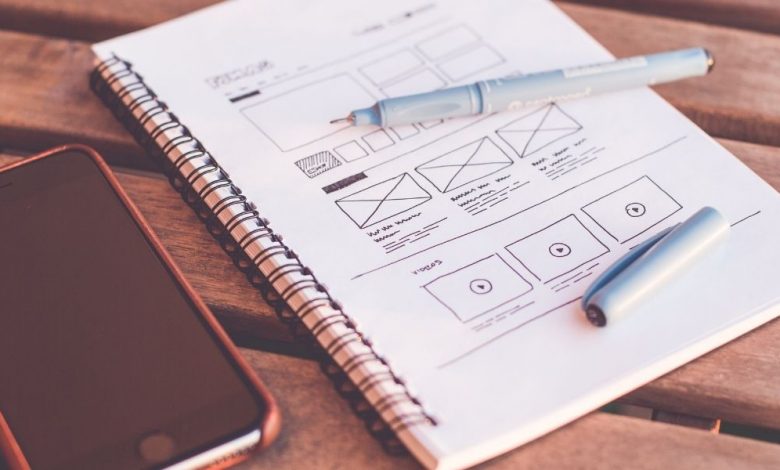When Should I Hire A UX Designer?

When should I hire a UX designer?
UX stands for User Experience, or ‘user experience’. A user is a person who uses your product, service, service, website, webshop, or app. During this use, a positive, negative or neutral experience arises for this person.
A UX designer specializes in designing valuable user experiences. User research plays a major role in this because sustainable improvements can only be achieved by putting yourself in the shoes of users.
UX design does not only relate to websites and apps, but can also be applied to the design of (offline) products, services or, for example, customer service.
Read Also: how to become a UI designer ?
Is UX designer the new job title of the former website designer?
There are essential differences between a UX designer and a conventional website designer. Where a conventional website designer mainly focuses on designing an appealing website, a UX designer has a broader field of work. He is a researcher, prototype developer, user tester, interaction designer, and interface designer, and also understands the business or organizational context in which digital resources are developed. Understanding the needs and behavior of users requires knowledge of marketing methodologies such as customer journey, personas, and customer experience maps.
Making the website design can be part of the UX designer’s tasks, but it doesn’t have to be. Visual design can also be handed over to a specialized UI (User Interface) designer.
Where a designer will often be judged on the look & feel, a UX designer is judged on the result in user experience. This is reflected in, for example, increased online turnover, higher conversion figures or a higher quality of the website visit (engagement).
| Website designer: | UX designer: | |
| Deepening in a marketing context | ||
| Website layout (flow chart) | ||
| Wireframe/Prototype | ||
| User Research | ||
| Interaction design | ||
| User Interface design | ||
| Monitoring website visits | ||
| Optimize website |
What does a UX designer do?
A UX designer is therefore concerned with optimizing the user experience. What does this mean in concrete terms for a digital project?
UX is a process of definition, analysis & research, visual design, implementation design (construction), evaluation, and optimization (see image). What is striking is that there is a repeating pattern. One of the most essential features of UX is that it is a (learning) process and not an end result. During each phase, the UX’er examines whether the assumptions are consistent with user behavior and needs. He adjusts the process where necessary.
After launching the website or app, the UX person will consult Google Analytics and conduct A/B tests and other forms of research. This is to monitor whether the objectives are being achieved and to also improve the user experience. Data and user feedback provide a foundation for re-examination, testing, design, and implementation.
Another important aspect of UX is teamwork. A USer only achieves excellent results in close collaboration with other specialists. Often these are marketing experts, web developers, designers, copywriters, project managers, and so on.
Read Also: 5 Types of Fonts Every Professional Designer Needs to Use
UX in small and medium projects
An average assignment for an SME will not involve a team often. Also, not all steps from the diagram above will always be necessary. But this is no obstacle to dealing with UX consciously and effectively.
UX also offers added value for smaller budgets: you know for what purpose you are developing your new website, who you are developing it for, and what this person needs to successfully perform his tasks on your website.
When does it pay to hire a UX designer?
In a sense, every business or organization benefits from having a website or app that is user-friendly and user-centric. But there are different degrees of this. In general, clients who have a major (business) interest in a good website, webshop or app will benefit relatively more from the use of a UX designer.
In addition, digital environments where visitors have to perform many actions (interactions) will benefit more from UX than websites where visitors only take in information.
Conclusion
In the past, websites were often designed based on a channel-driven marketing story about the client, plus some assumptions about what their customers and prospects would need online.
Due to the advancing technology and maturing of the digital world, this is no longer necessary. In fact, you’re doing yourself a disservice if you don’t replace assumptions with real knowledge about your website user (and his/her online behavior). UX design is the field that helps with this.
Of course, a website should also just look good, but too much focus on appearance is risky. It ignores important aspects such as user-friendliness and user orientation. It can be difficult for some clients to move beyond product/business-oriented thinking, but if you have to make the choice between appearance and user-friendliness, choose the latter.




